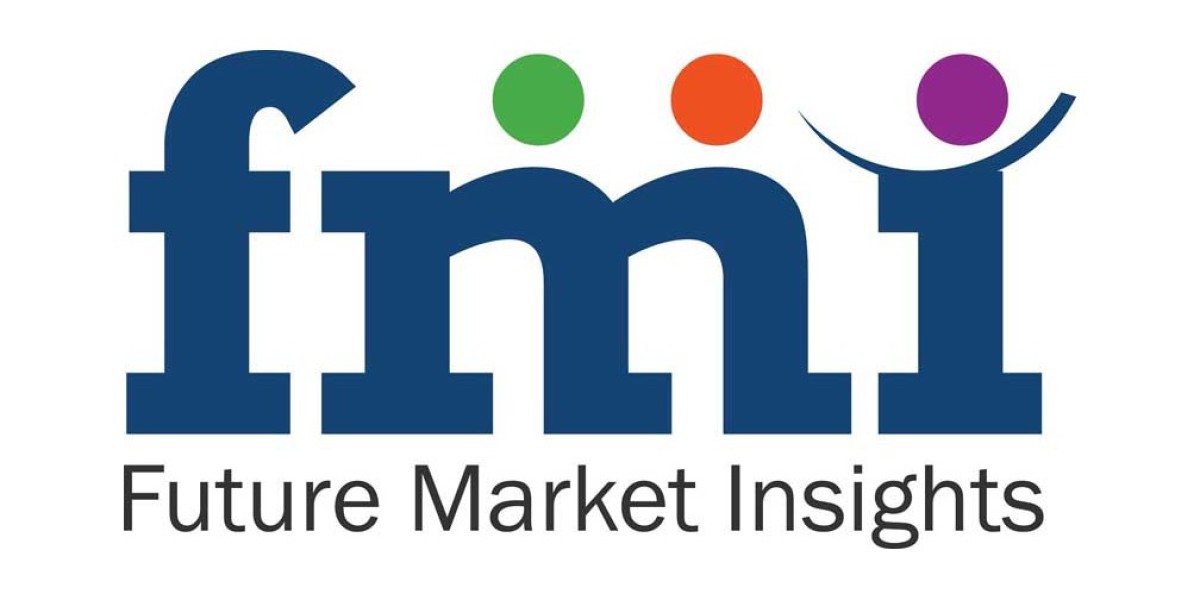The global food encapsulation market is on a trajectory of remarkable growth, valued at USD 7.1 billion in 2025 and expected to reach USD 18.0 billion by 2035, registering a robust CAGR of 9.8% over the decade. This expansion is being propelled by the rising consumer demand for functional and fortified foods, as well as the need for ingredient stability, controlled release, and enhanced shelf life. Encapsulation technologies are increasingly at the forefront of innovation, enabling manufacturers to deliver sensitive ingredients such as vitamins, probiotics, enzymes, and flavors safely and effectively.
Across the industry, companies—both established players and emerging innovators—are investing in next-generation encapsulation technologies to create differentiated food products that meet evolving consumer expectations. These advancements are not only improving the functionality and stability of active ingredients but are also enabling precise delivery during consumption, ensuring optimal health benefits.
Lipid-Based Encapsulation Leading the Way
The lipid-based encapsulation segment is expected to dominate the market with a 27% share in 2025, underlining its critical role in stabilizing and protecting sensitive ingredients. Lipids, including fats, oils, and waxes, offer superior barrier properties and encapsulation efficiency for both hydrophilic and lipophilic materials.
The segment’s growth is strongly linked to applications in health supplements, dairy products, infant nutrition, and bakery goods, where the controlled release and preservation of sensitive nutrients like omega-3 fatty acids is essential. Innovations in structured lipids, liposome formulations, and multilayer coatings are enabling companies to enhance thermal and pH stability, ensuring active ingredients remain potent during processing, storage, and consumption. As clean-label and natural ingredient trends gain momentum, lipid-based encapsulants are emerging as a preferred choice due to their digestibility and compatibility with natural food matrices.
Spray Drying: The Backbone of Encapsulation Technology
Among encapsulation techniques, spray drying continues to be the industry’s workhorse, accounting for nearly 34% of global technology adoption in 2025. This method remains the go-to solution for producing fine, free-flowing powders with high payload efficiency for flavors, vitamins, probiotics, and colorants.
Spray drying’s scalability, cost-effectiveness, and adaptability to a wide range of wall materials ensure its continued dominance, even as newer encapsulation technologies emerge. Technological refinements, including improved nozzle designs, real-time moisture monitoring, and enhanced powder recovery, have mitigated traditional concerns around energy use and material loss. The method’s efficacy has cemented its role in fortified dairy products, powdered beverages, and sports nutrition formulations, with significant capacity expansions planned across North America and Asia-Pacific.
Regional Growth Dynamics
North America: Functional Foods and Clean-Label Demand
The United States is projected to grow at 8.2% CAGR from 2025 to 2035, driven by heightened consumer awareness of functional and fortified foods. Investments in advanced encapsulation technologies, particularly those enhancing ingredient stability and bioavailability, are supporting growth. Functional foods, sports nutrition products, and convenience foods continue to create strong demand for encapsulated ingredients, while clean-label requirements push manufacturers toward natural, minimally processed materials.
Asia-Pacific: Urbanization and Nutraceutical Expansion
China and India are poised to be high-growth markets, with CAGR projections of 7.7% and 8.0%, respectively. Rising disposable incomes, urbanization, and growing awareness of nutrition are driving demand for processed foods and encapsulated nutraceuticals. Advanced food technology research, government-supported initiatives, and the expansion of e-commerce channels are enabling wider distribution of encapsulated products, allowing manufacturers to reach both metropolitan and semi-urban consumers efficiently.
Europe: Innovation Through Research and Collaboration
Germany, a leading European market, is forecasted to grow at 4.4% CAGR, underpinned by robust research infrastructure and a highly developed food and beverage industry. Industry-academic partnerships are fostering innovation in encapsulation techniques, helping companies create stable, controlled-release formulations. High-quality standards and stringent regulatory requirements ensure that encapsulated products meet consumer expectations, particularly in functional foods and nutraceutical applications.
Japan: Aging Population Drives Specialized Nutritional Needs
Japan’s food encapsulation industry is expected to expand at a 4.1% CAGR, propelled by demographic aging and the need for nutrient-dense dietary supplements. Local production investments, combined with advanced microencapsulation technologies, are enhancing nutrient bioavailability and ensuring timed release for sustained efficacy. The market is characterized by science-based, high-quality functional foods that cater to a health-conscious population.
Purchase this Report for USD 5,000 Only | Get an Exclusive Discount Instantly! https://www.futuremarketinsights.com/checkout/380
Everything You Need—within Your Budget. Request a Special Price Now! https://www.futuremarketinsights.com/reports/sample/rep-gb-380
Drivers of Market Expansion
The global growth of food encapsulation is fueled by several converging factors. The consumer shift toward health and wellness, combined with a preference for fortified and functional foods, is driving demand for encapsulated ingredients that preserve potency and flavor. Encapsulation also addresses the growing requirement for controlled release and ingredient protection, ensuring that active compounds maintain effectiveness through processing, storage, and digestion.
Sustainability and clean-label trends are pushing manufacturers to adopt bio-based and biodegradable encapsulants, aligning with environmental goals while meeting regulatory requirements. Innovations in microencapsulation, nanoencapsulation, and emulsification are enhancing ingredient bioavailability, enabling companies to develop premium products with consistent functionality and sensory appeal.
Leading and Emerging Players Driving Innovation
Established global companies such as Cargill, BASF SE, International Flavors & Fragrances (IFF), Givaudan SA, and Firmenich International SA continue to lead the market by investing heavily in R&D and developing innovative encapsulation systems. Cargill, for instance, focuses on ingredient stability and shelf-life enhancement across diverse applications, while BASF SE leverages bioactive encapsulations to improve nutraceutical performance. IFF specializes in flavor retention and controlled release, and Givaudan is advancing sustainable, natural encapsulating agents for clean-label foods.
Emerging players, including Sensient Technologies, Balchem Corporation, TasteTech Ltd., Appvion Inc., and Symrise AG, are making strategic inroads through specialized formulations, novel delivery systems, and targeted applications in functional foods, beverages, and dietary supplements. These companies are leveraging partnerships with larger corporations, entering new regional markets, and innovating in lipid-based and natural encapsulation materials to remain competitive.
Collectively, these players are shaping the industry landscape, combining technological innovation, regulatory compliance, and market expansion strategies to meet rising global demand.
Editor’s Note:
This release is based exclusively on verified and factual market content derived from industry analysis by Future Market Insights. No AI-generated statistics or speculative data have been introduced. This press release highlights significant shifts in the Market, which is experiencing a pivotal change driven by consumer demand for healthier, more transparent products.







